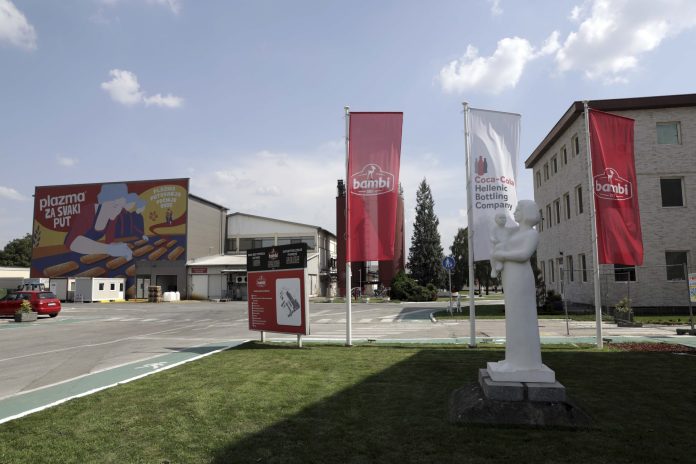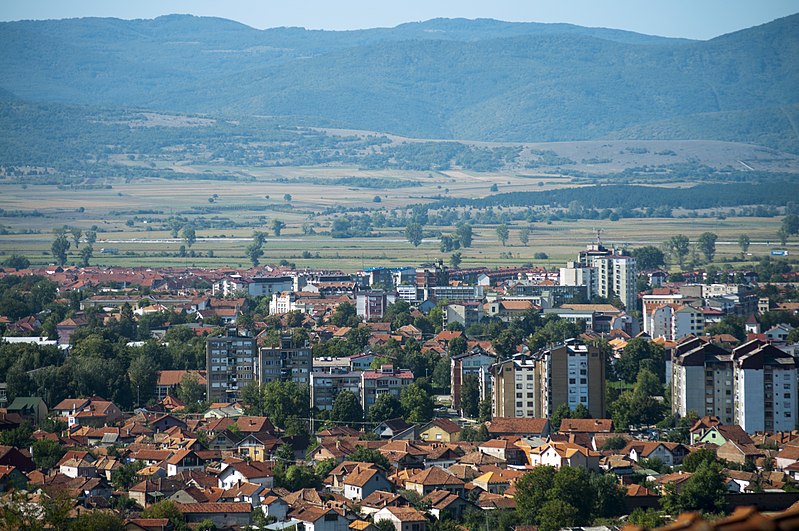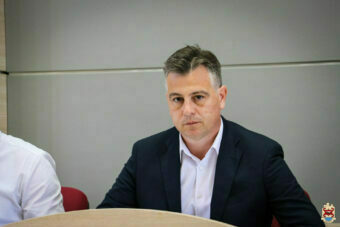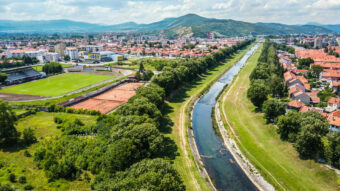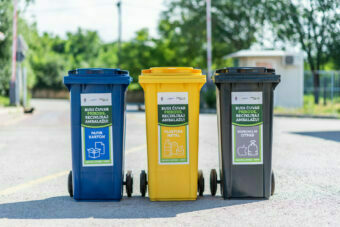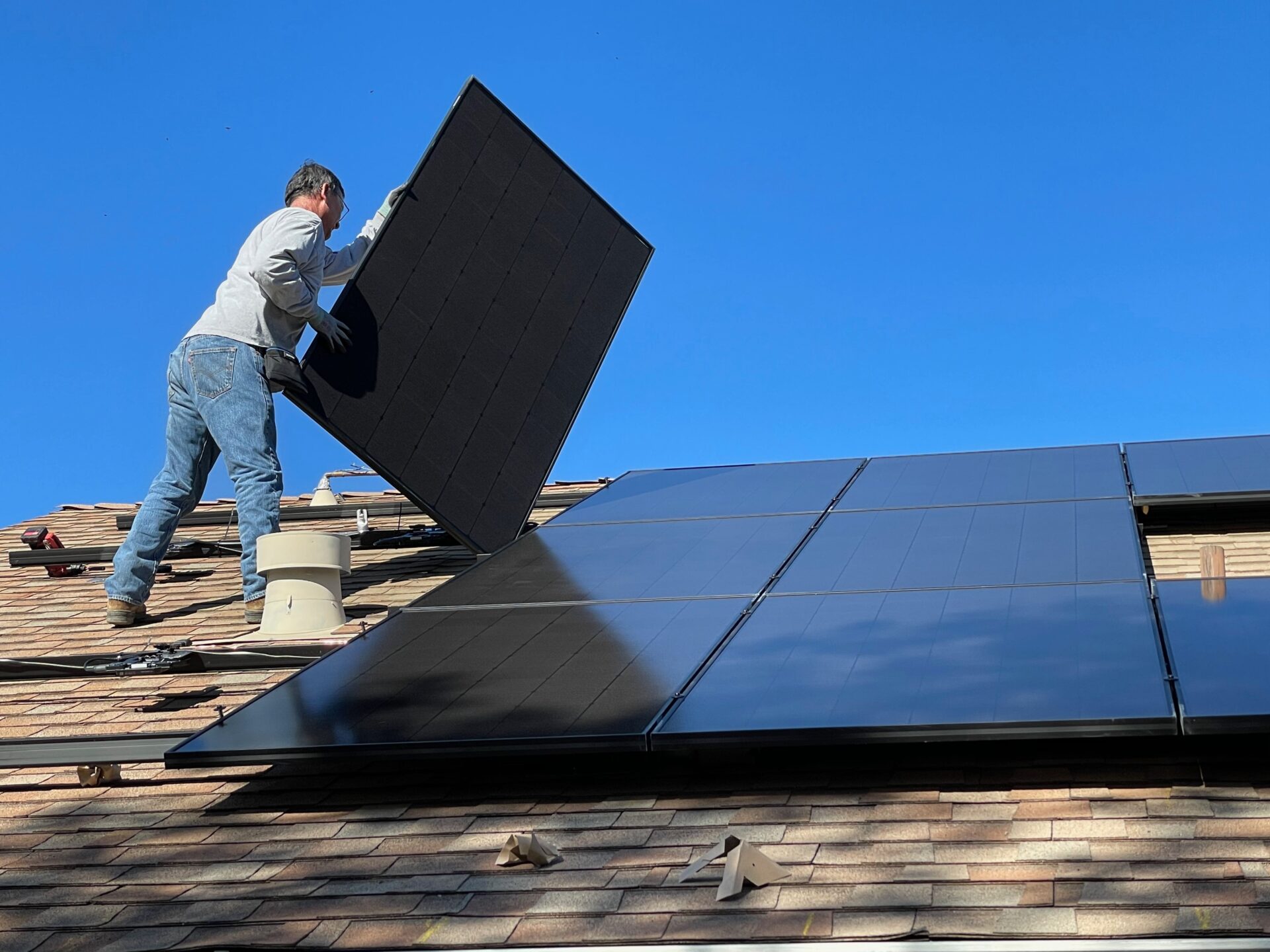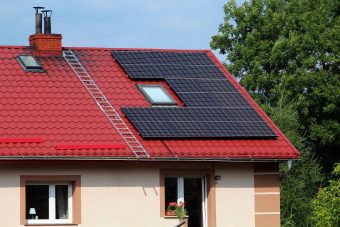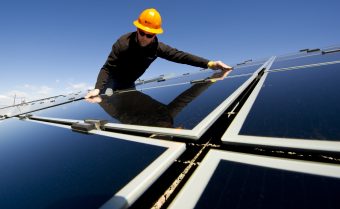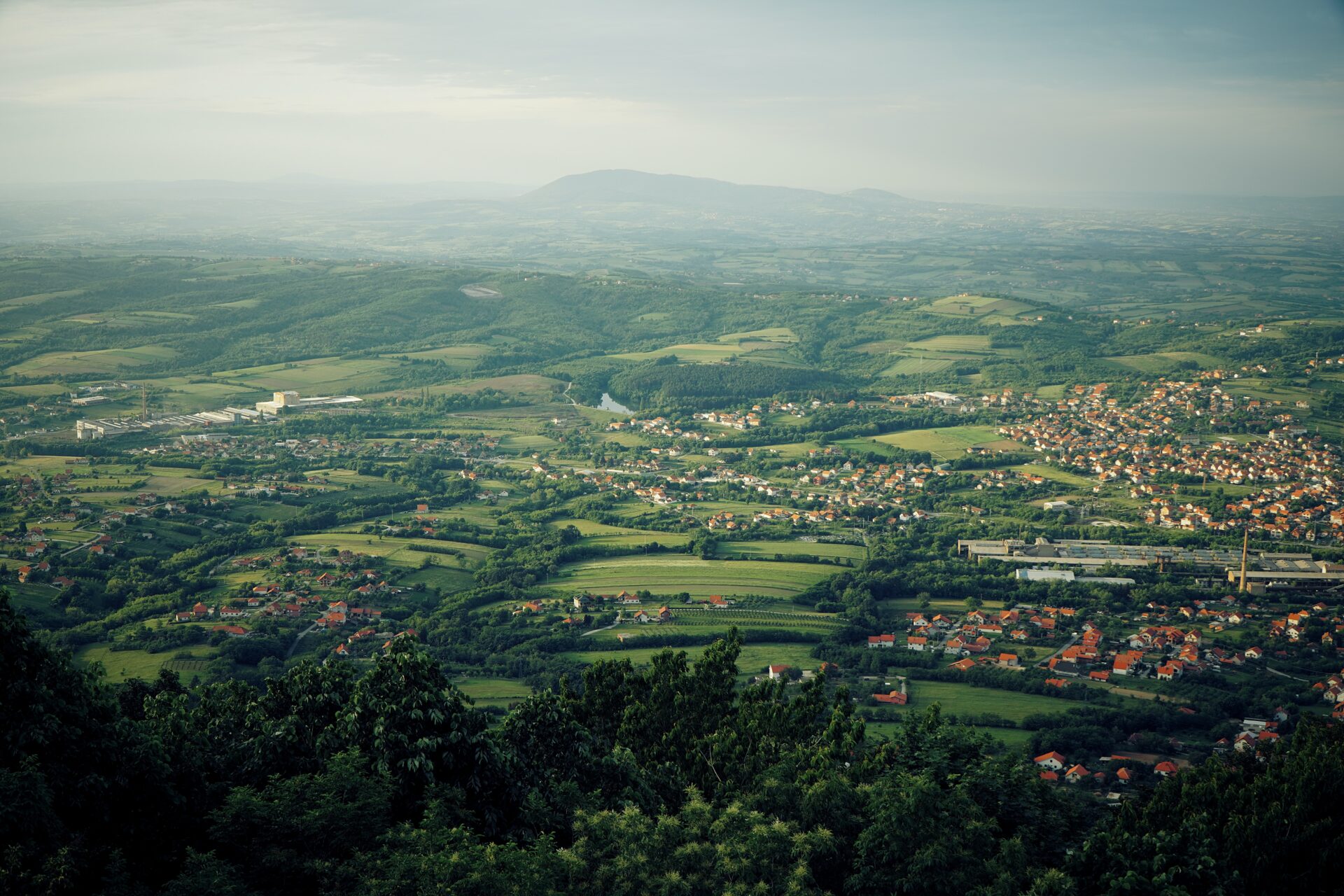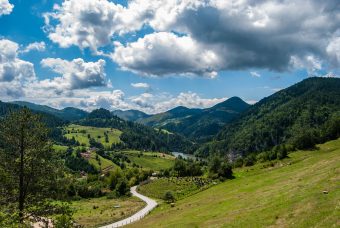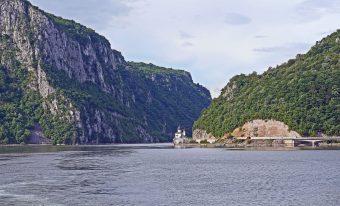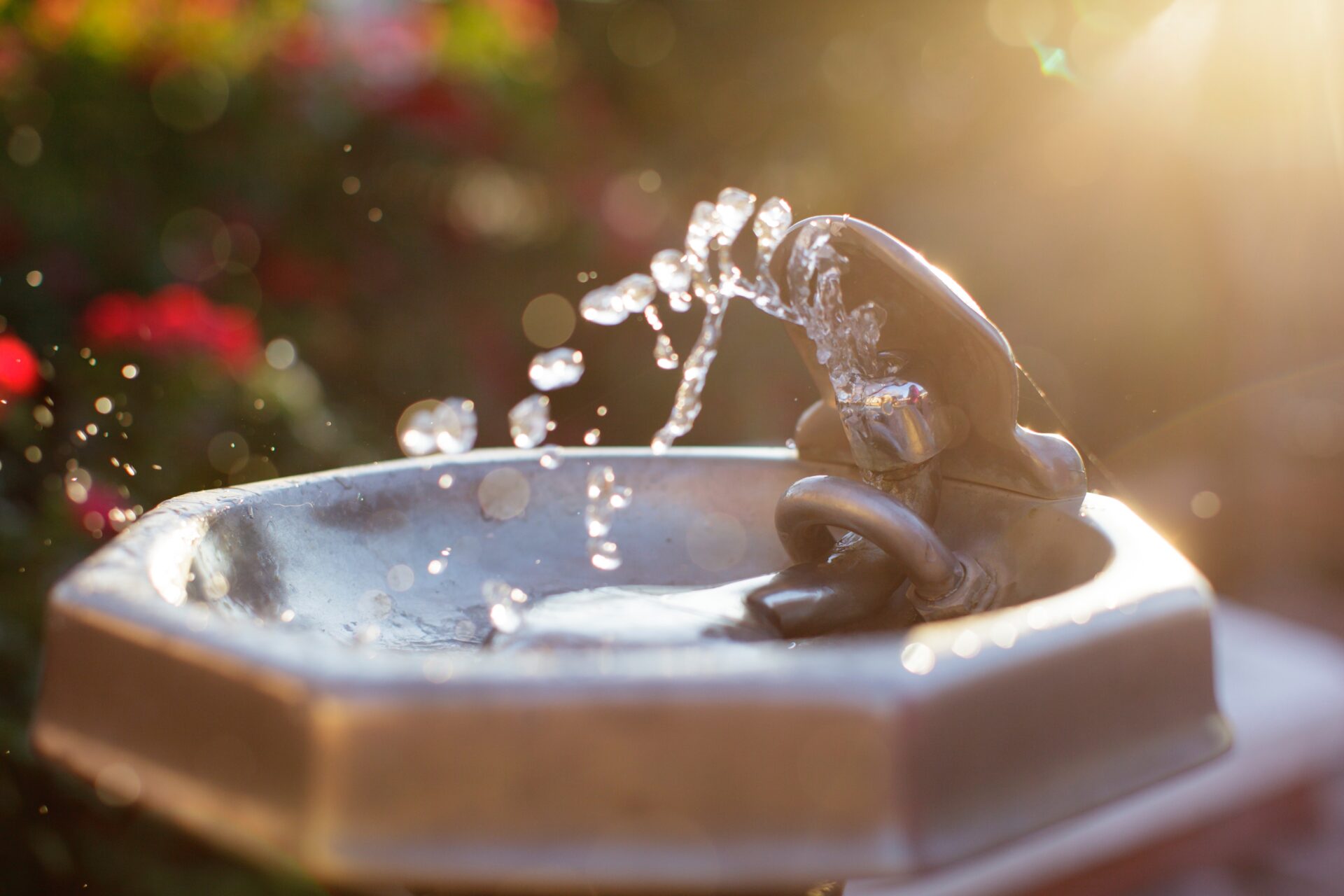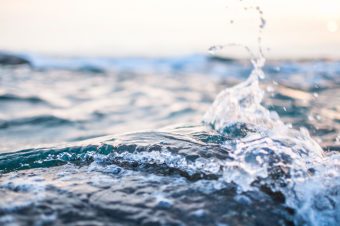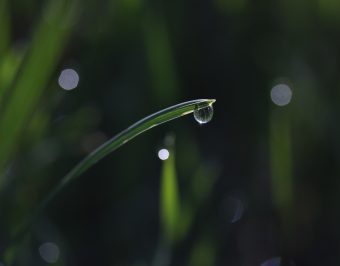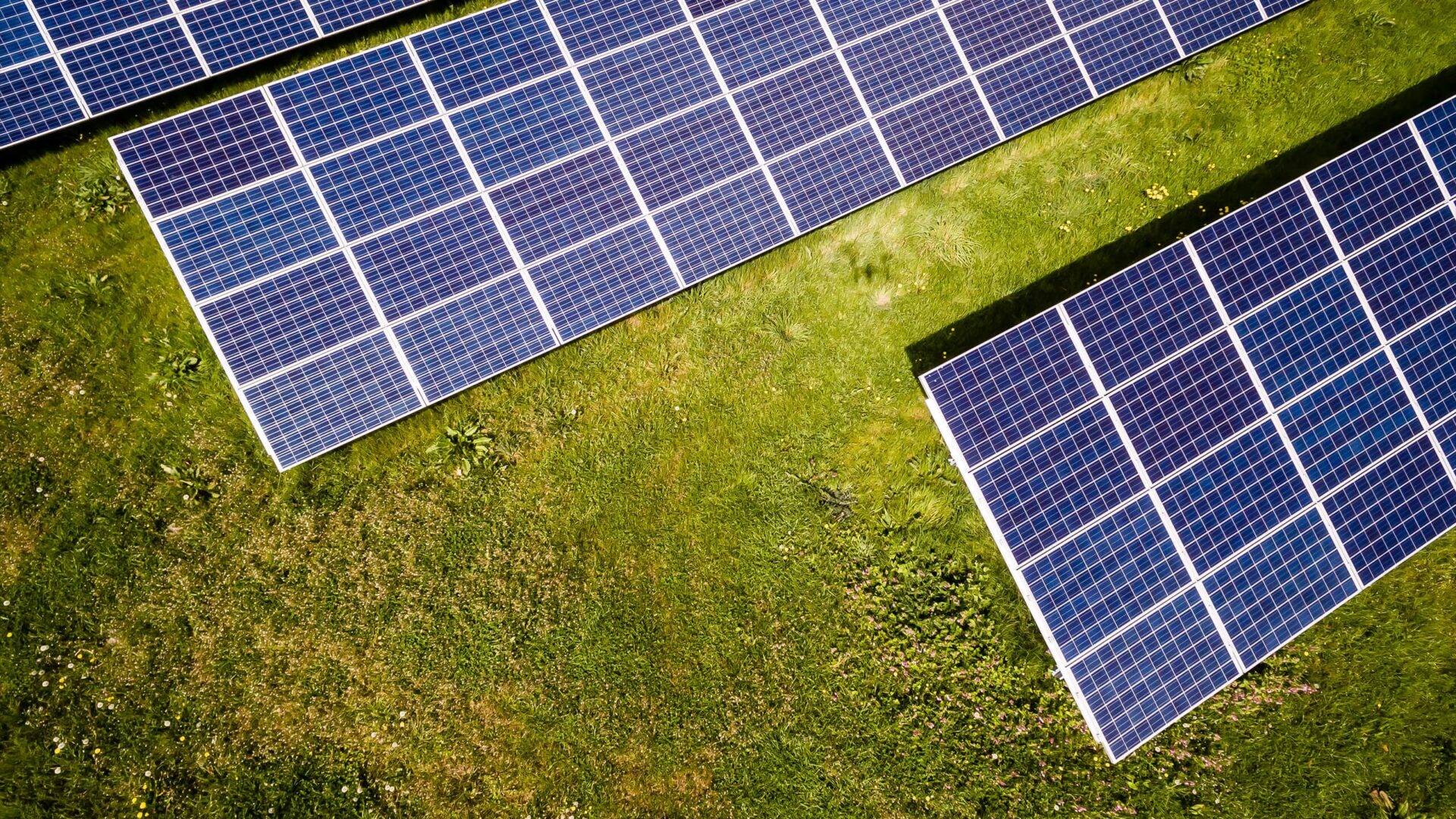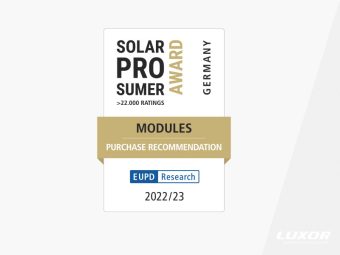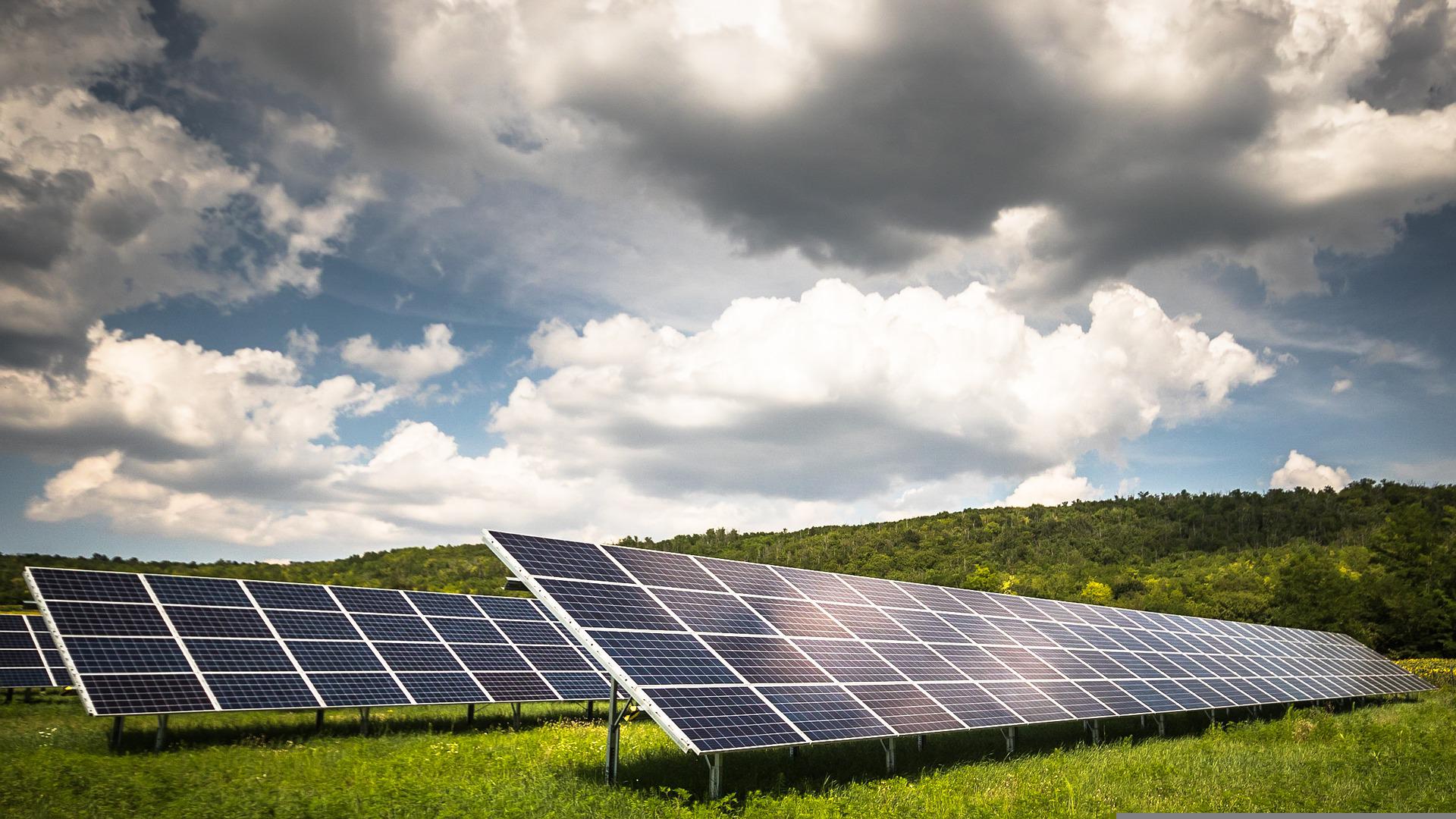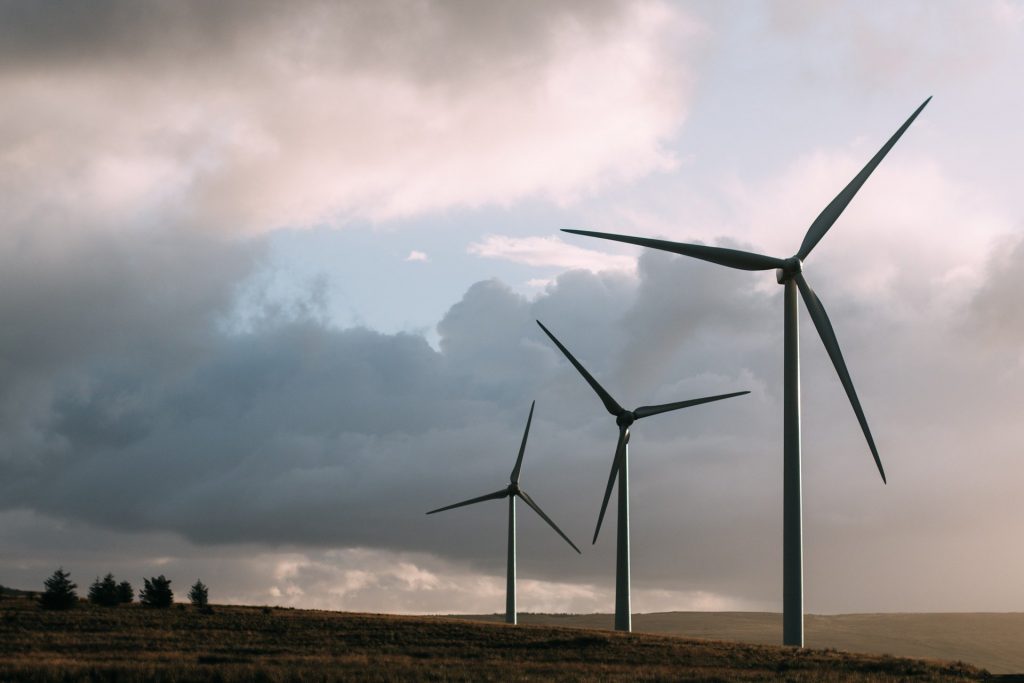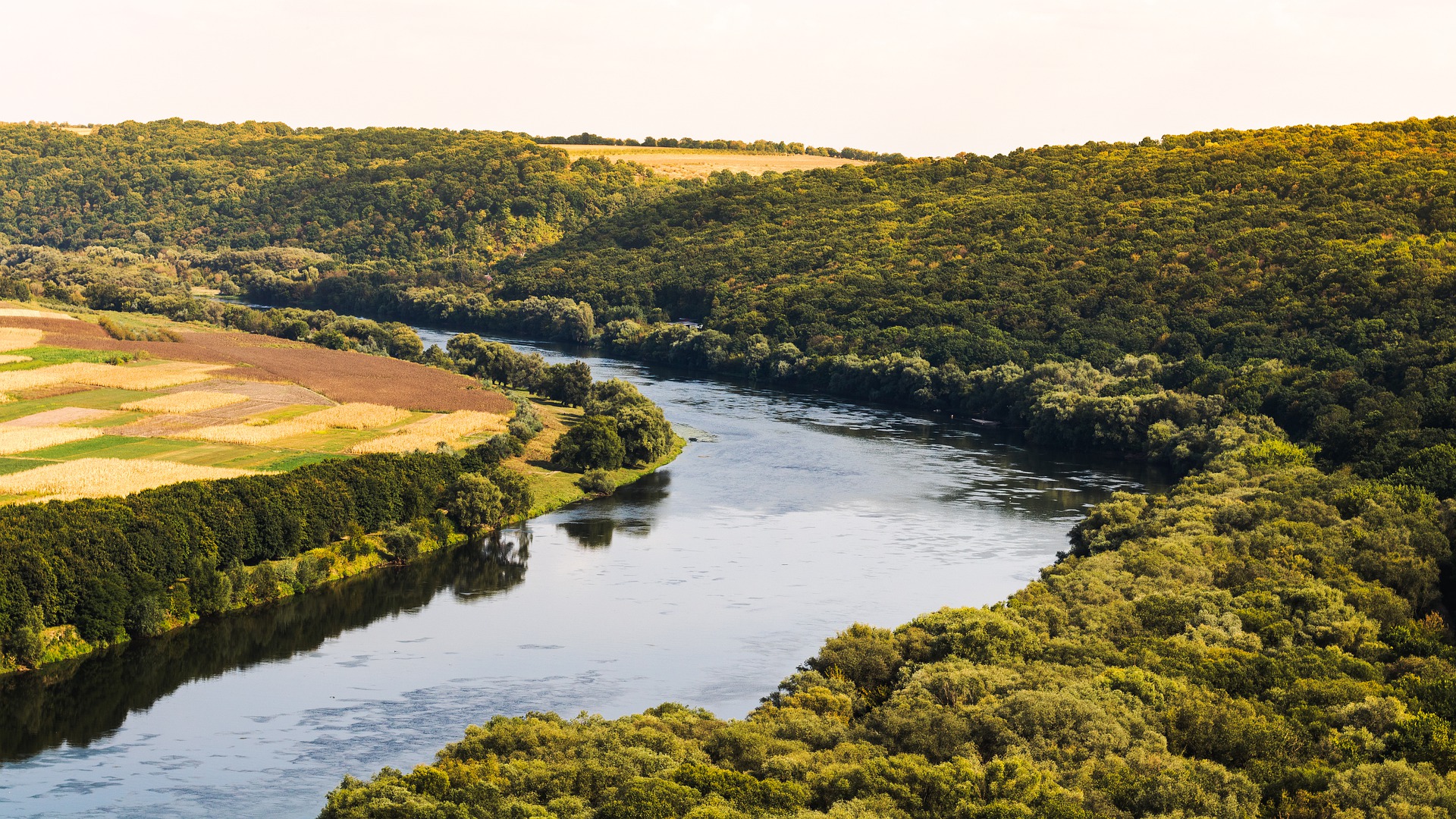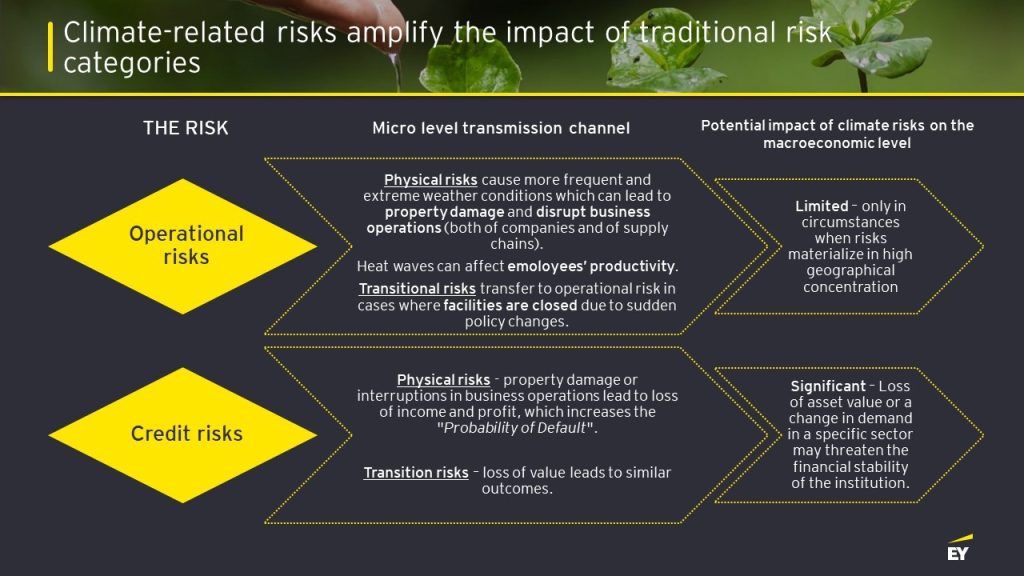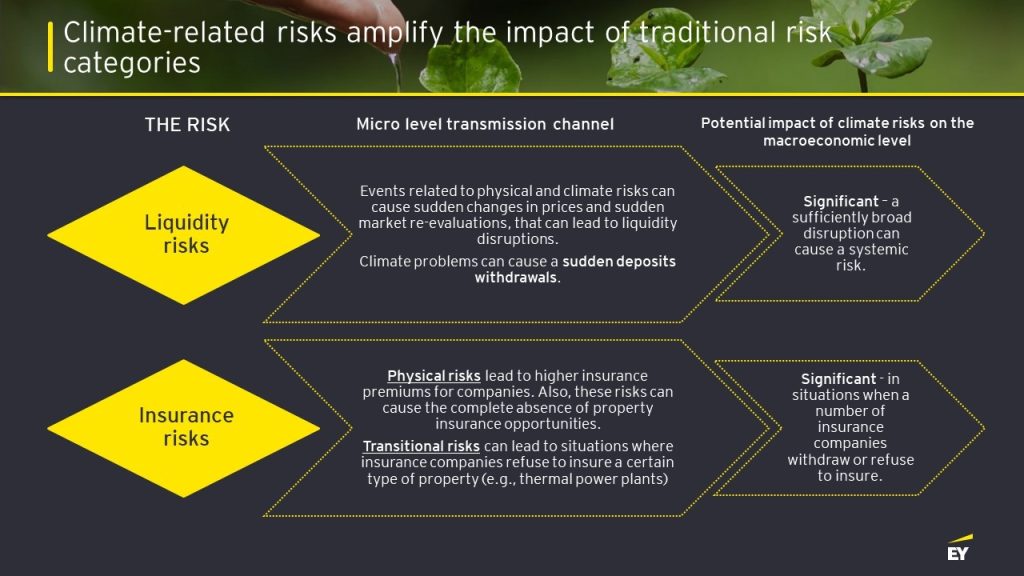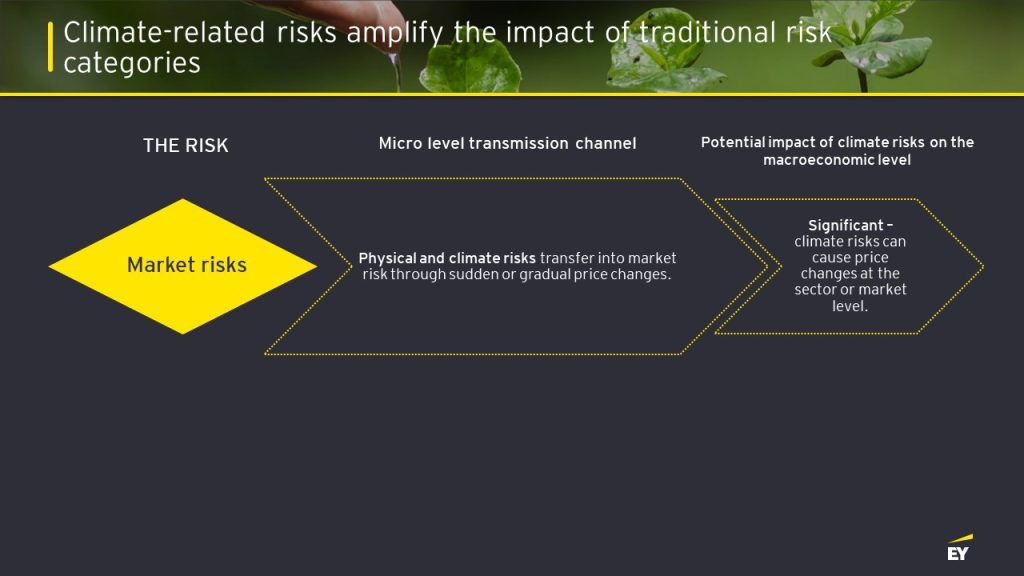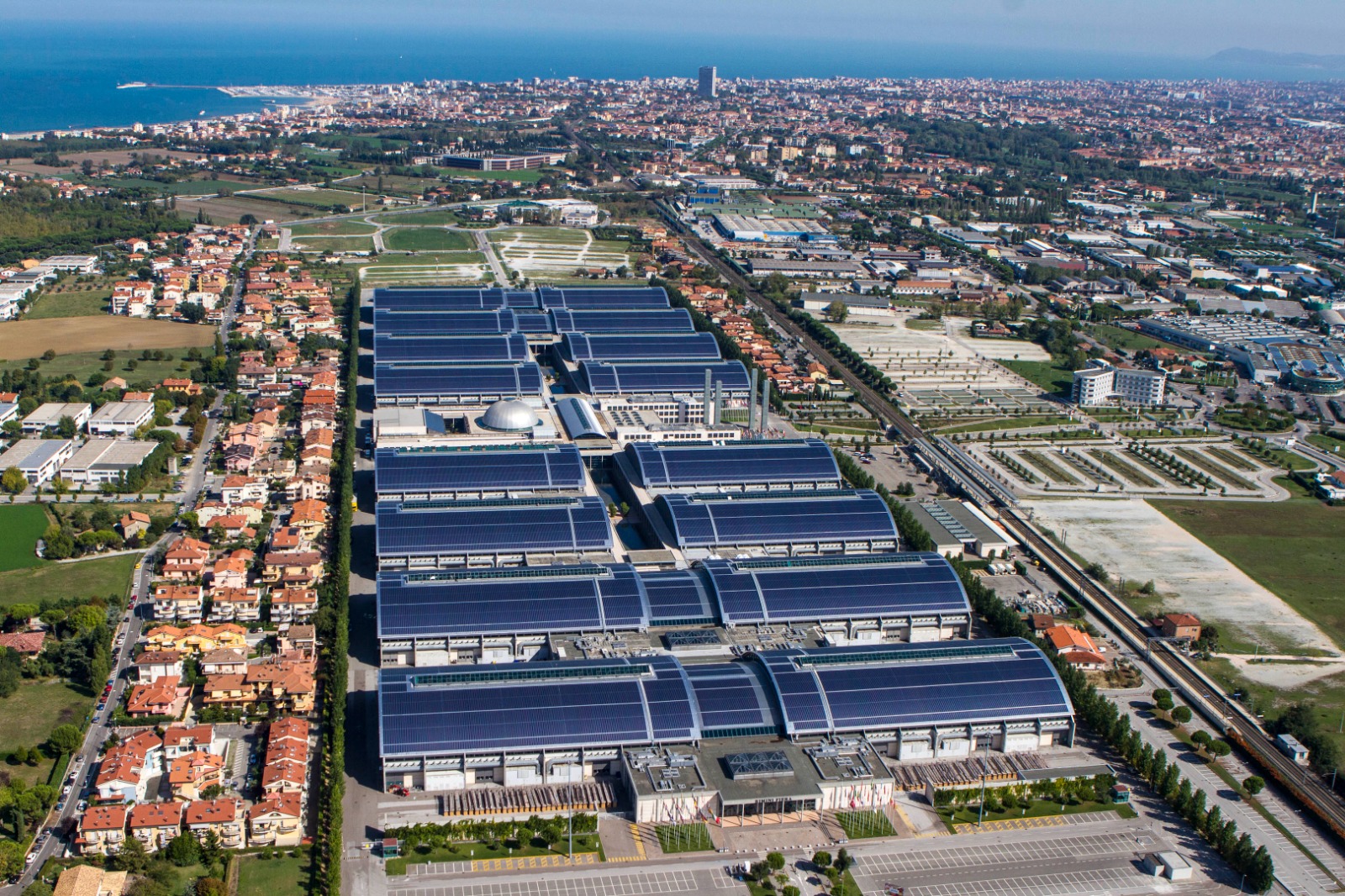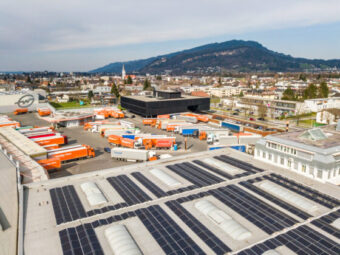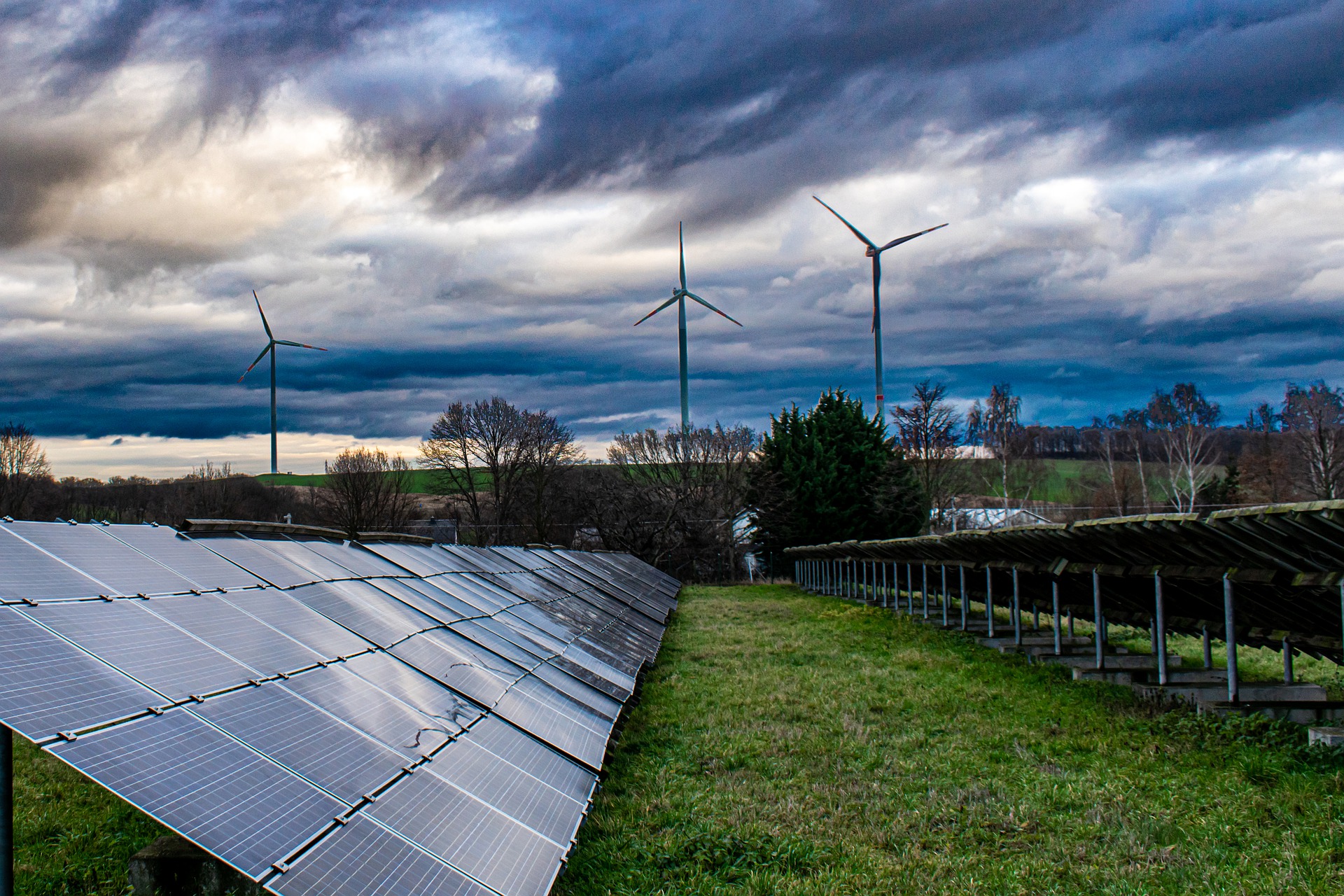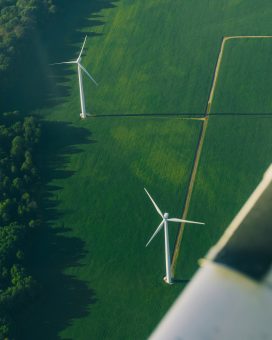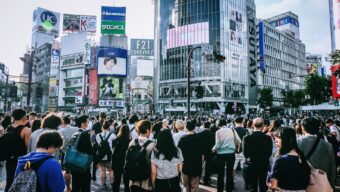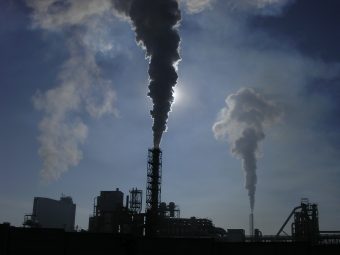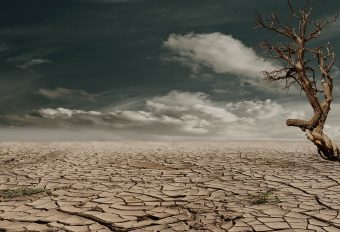
After Bambi became a member of the Coca-Cola HBC family in 2019, the company’s ambitions in the area of business sustainability have increased significantly. A synergy with a company with an international reputation has resulted in a new experience in observing topics related to environmental protection and an even more subtle approach to solutions. To approach sustainability strategically, Bambi produced a document – Sustainability Mission by 2030, defining specific goals in this area, and set up an inter-sector team with the primary task of supporting the implementation of green solutions and working on responsible treatment of natural resources.
In July 2020, Bambi switched completely to using renewable energy sources, with two-thirds of the fleet replaced by vehicles using liquid petroleum gas. Substantial efforts have been focused on reducing water consumption, with an impressive 55 per cent saved in 2010-2021. Joining the World Without Waste initiative, Bambi has also defined reaching zero waste by 2025 as a goal. A set of activities has been initiated towards with goal through infrastructure investments and constant employee education about waste management. In 2022, following the company’s plans to increase the production capacity, Bambi realized a project of constructing a recycling yard covering 500m² and enabling temporary packing of all types of waste generated at the plant premises. Although construction materials prices rose suddenly and almost doubled, with the investment exceeding the projected budget significantly, the company was determined the importance of building such a facility. When designing the facility, materials with a function of improving its energy features were selected, and the recycling yard can accept up to 30 different types of waste.
IN FOCUS:
- SERBIA ON THE PATH OF GREEN TRANSITION
- HOW TO BECOME A PROSUMER?
- A BETTER LEGAL FRAMEWORK AND INCENTIVE MEASURES ARE A CONDITION FOR THE DEVELOPMENT OF THE RECYCLING INDUSTRY
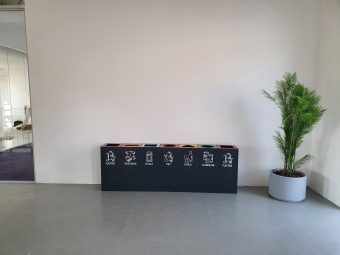
“Our new recycling yard also enables better control regarding further recycling or treatment resulting in obtaining energy,” says Nataša Jovanović, Environmental Specialist, adding that benefits of the recycling yard are confirmed not only by the fact that different types of categories of waste are managed but also that the company gets an energy efficient space, standardized concerning safety at work as well, all in their of environmental protection. Furthermore, the company strives to complete the cycle of waste use by improving collaboration with waste operators and working additionally on packaging waste management.
“In collaboration with Sekopak, we are planning a range of activities for 2023, contributing not only to the improvement of the primary waste selection but also to the education about proper waste disposal and recycling as the most beneficial way of turning waste into new good and prevent unnecessary waste accumulation. We believe that our example will also inspire our fellow citizens, especially the youngest ones, to add even more responsibility towards the planet and themselves to their daily habits,” notes Nataša Jovanović.
Out of the total volume of waste generated at the plant premises, 98 per cent is already treated sustainably from the environmental aspect. Great results and planned initiatives confirm that Bambi truly perceives the local community as its home and that it will work on its greener and more sustainable future through specific activities.
Read the story in the new issue of the Energy portal Magazine Waste Management.

